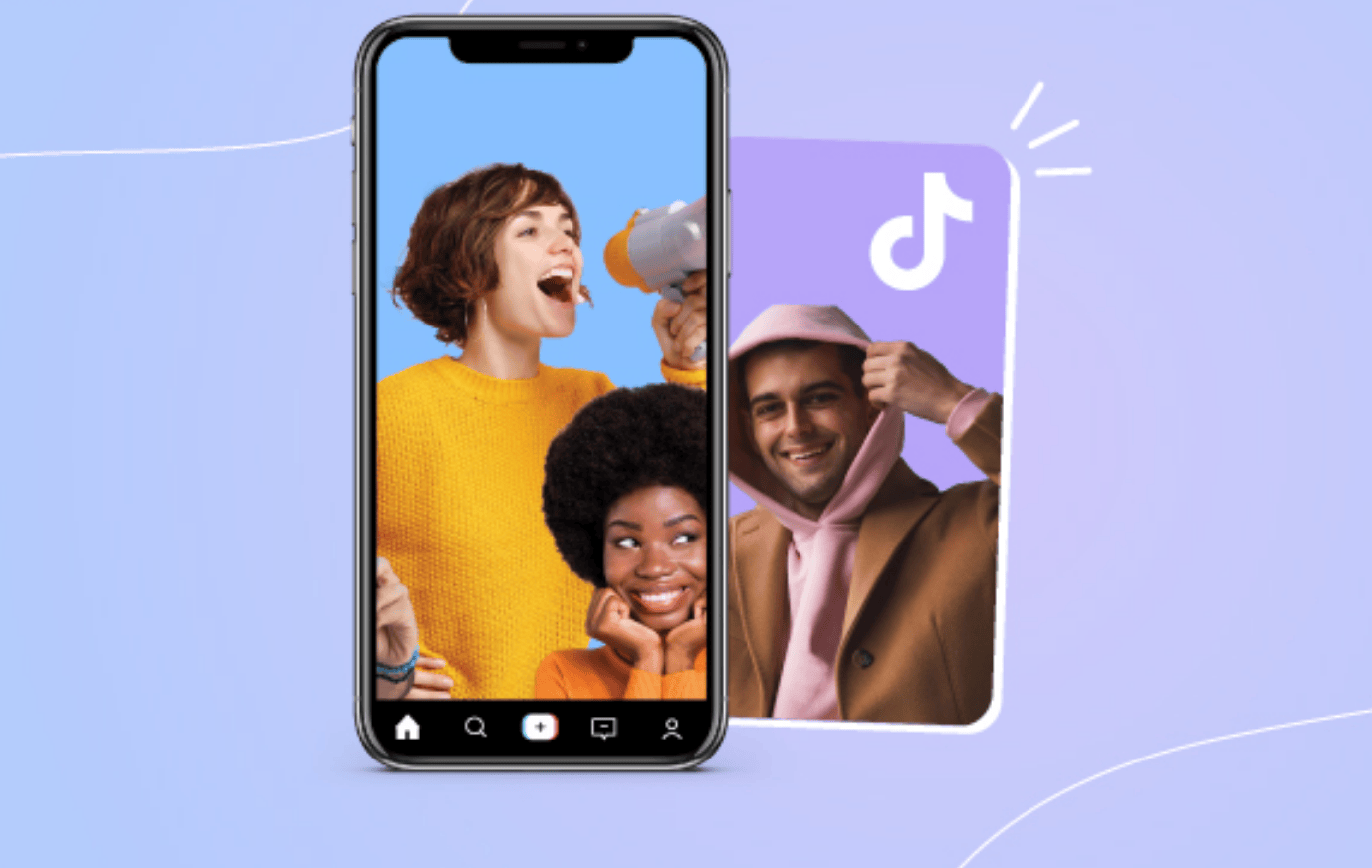Building Your 2025 UGC Playbook: Integrate Authenticity Into Every Stage of the Funnel
.png)
Audiences today care less about polished visuals and more about genuine connection. As people grow wary of traditional advertising, they gravitate toward stories told by real users and everyday creators. User‑generated content (UGC) harnesses those voices—whether it’s a TikTok testimonial, an Instagram unboxing or a video review on a product page. Consumers scroll past overt ads but stop to watch honest experiences. Industry studies show that UGC drives higher conversion rates and revenue per visitor than brand‑created content, making it a strategic cornerstone rather than a buzzword.
Why UGC matters in 2025
Several trends make UGC indispensable:
- Trust drives conversions. People trust individuals more than brands. A genuine product demo builds instant credibility and moves prospects down the funnel faster.
- Authenticity wins algorithms. Platforms like TikTok and Instagram prioritise content that feels original and personal. User‑generated posts receive organic reach because they align with what users want to see.
- Community building. Featuring audience voices invites them into your brand story. Marketing with customers fosters loyalty and advocacy.
- Cost‑effectiveness. Compared with studio shoots or celebrity endorsements, UGC is affordable and scalable. Brands can commission multiple clips from diverse creators without blowing the budget.
- Performance. UGC consistently outperforms polished ads across metrics like click‑through rate and watch time. Photo reviews on product pages make buyers stay longer and help them imagine ownership.
Short‑form video and UGC are also capturing more screen time. Surveys show that younger audiences spend significant extra minutes per day engaging with creator‑driven content compared with the average viewer. With both trust and attention shifting toward user voices, brands that ignore UGC risk becoming irrelevant.
Integrating UGC across the funnel
A successful strategy touches every stage of the customer journey—from initial awareness to post‑purchase advocacy. At the top of the funnel, the goal is to reach new audiences and spark interest. Trend‑driven Reels, creative challenges and hashtag campaigns excel here. Classic examples include personalised product campaigns that invite customers to share photos of themselves using the product, turning an everyday item into a social phenomenon.
In the middle of the funnel, potential buyers evaluate whether a product fits their needs. Relatable product demos and honest reviews help them decide. Think day‑in‑the‑life videos showing how the item fits into someone’s routine or customers describing the results they experienced. Customer photos on product pages—like those used by fashion and beauty brands—allow prospects to see items on real people, which builds trust and reduces returns.
At the conversion stage, UGC reinforces confidence. Video testimonials, before‑and‑after stories and compilations of social proof can remove last‑minute hesitation. Satisfied customers highlighting the product’s impact in short clips resonate deeply with prospects. You can also incorporate UGC into retargeting ads; a video of a happy user unboxing can remind viewers to complete their purchase.
After the sale, the focus shifts to cultivating loyalty and turning customers into advocates. Encourage post‑purchase content by including QR codes or incentives in packaging. Brands often send follow‑up emails inviting buyers to share a photo or video for a discount on their next purchase. Featuring customer stories on your social channels celebrates their experiences and strengthens the community.
Developing a playbook
A structured playbook ensures consistency and scalability. Start by planning campaigns around key business moments—launches, seasonal promotions or events. Run always‑on programs using QR codes or hashtags to invite participation year‑round. Organise submitted content by funnel stage and theme so you can quickly repurpose it across ads, emails and blog posts. Provide clear guidelines when launching campaigns (desired length, orientation, creative prompts) and motivate participation with incentives like discounts or features.
Moderation is essential. Curate submissions to ensure they align with brand guidelines and quality standards. Decide whether to request perpetual usage rights or time‑limited licenses. Use UGC management tools to streamline approvals and protect legal compliance.
Measurement completes the loop. Track metrics such as submission volume, engagement rates, conversion rates and cost per acquisition. Evaluate which formats and themes drive the strongest results and refine future campaigns accordingly.
User‑generated content isn’t a passing fad; it’s a fundamental shift toward authenticity. When integrated across the funnel, it builds awareness, educates prospects, increases conversions and fosters loyalty. A well‑crafted playbook brings structure to this approach, ensuring content is collected, organised and reused effectively. Plan campaigns around clear objectives, tag and repurpose submissions wisely, set guidelines and incentives, moderate with care and measure impact to continuously improve.
By inviting customers into your story, you turn them into advocates and unlock the full potential of UGC. Always remember, in this social saturated with polished advertising, genuine voices will always stand out.
Recent Post

12
Sep
How TikTok UGC Turns Browsers into Buyers in Southeast Asia
Learn how TikTok UGC is powering e-commerce growth in Southeast Asia. Discover why authentic creator content boosts trust and conversions, and how brands can scale campaigns with Lemyi.
.png)
28
Jul
AI vs Human UGC: What’s Best for Brands in 2025?
Explore AI vs human UGC in 2025. Learn why authentic human content outperforms synthetic content, how AI can support creators, and how Lemyi helps brands get the balance right.
